Written by Alyssa Fundal, Education & Curriculum Development
Plastic has become so common in our everyday lives that when you go grocery shopping, you normally don’t think about the plastic packaging that lines the store’s aisles. It’s no wonder why this polyethylene polymer has been chosen to wrap our food items: it’s sterile, easily disposable, and most importantly, cheap to mass-produce. Its flexibility makes it adaptable, and its durability ensures that food products are well-preserved in transit and on the shelves.
Unfortunately, once single-use plastic packaging is done serving its purpose, this durability makes it difficult to break down after being thrown away. Although plastic’s long lifespan may be an economic advantage, it is an environmental detriment. According to the NOAA’s Marine Debris Program, a single plastic bottle takes approximately 450 years to decompose after entering the environment.
Plastic in the Ocean and Environmental Impact
Although some are burned or recycled, most of these plastics actually end up in the ocean. In fact, at least 8 million tons of plastic leak into the ocean every year, which is the same as one garbage truck full of plastic being dumped every minute (Ellen MacArthur Foundation, 2016). According to the same source, by 2050, there will be more plastics in the ocean than fish when comparing them by weight.
Once they enter the ocean, they take an even longer time to break down and pose even bigger problems. They can break down into microplastics, less than 5 mm in size, which get eaten by small fish and zooplankton. Then they work their way up the food chain, up to bigger animals, and eventually back to us. This process, called biomagnification, means that humans can ingest plastics (and the chemical additives in them) after they enter our seafood.
What Can You Do?
So what can you do about the excess plastic packaging in our grocery stores, and how can you help fight plastic pollution? This article breaks down actions you can take in the grocery store, in your home, and in your own backyard!
While in the Grocery Store:
1. Remember to bring reusable bags to the grocery store, so you don’t have to buy more bags. Although reusable bags can be cloth, you can also reuse the plastic bags from the last time you went grocery shopping.
(Tip: If you keep forgetting your bags at home, you can put them in the trunk of your car so you have access to them. That way, you’ll still have them even if you grocery shop on a whim!)
2. Bring a designated reusable bag inside when you buy produce, so you don’t have to use the plastic produce bags they provide. You can even make your own bag out of an old t-shirt!
Here is a link to some instructions: TheThingsWellMake.com
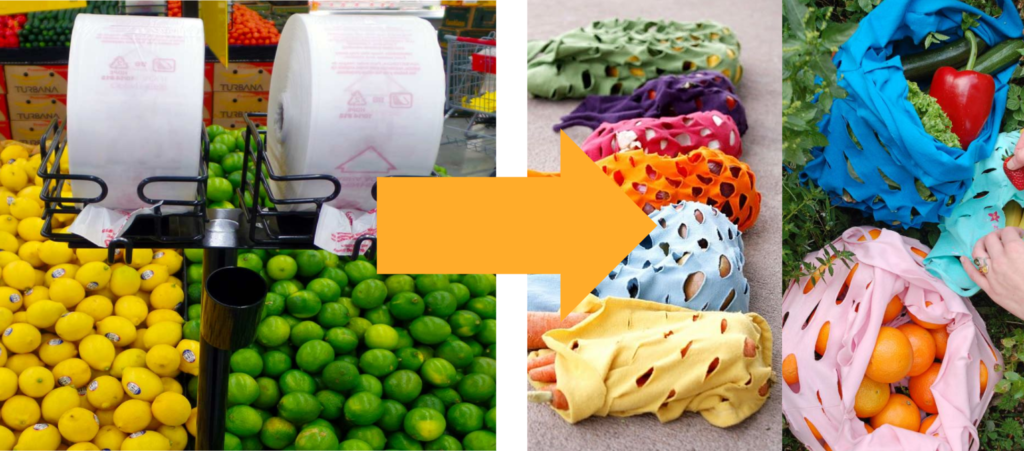
3. Buy items that are wrapped together instead of individually, and try not to buy items that are excessively wrapped. Instead, you can look around the aisle for a similar product— there might be another option. Opt for one that is wrapped in less plastic, wrapped in compostable material, not wrapped at all. It might even be cheaper!
4. Try to buy all of your groceries at once instead of immediately as you need them. Driving to the store to buy two or three items several times a week emits many more fossil fuels than just one trip once a week. Of course, it’s reasonable to make an exception if you urgently need an item!
When You Get Home From the Store:
1. If you forget to bring reusable bags or opt for plastic grocery bags provided by the store, that’s okay! Just remember to save them when you get home and reuse them the next time you shop.
2. As you’re unpacking your groceries, separate the items that have the recyclable logo (♻) on them (check all cardboard boxes/plastic wrappers before you throw them away). Set these aside, separate from the trash, and properly recycle them.
3. Make sure you store your groceries properly to limit food waste. Some fruits and vegetables last longer in the fridge, but others like citrus fruits, tomatoes, onions, and potatoes last longer in a cool pantry or at room temperature. Not only does this lessen the amount of food you throw away, but it also lessens your grocery bill.
4. Another cost-saving tip is to grow your own spices in a kitchen herb garden. This indoor idea requires only minimal space, jars, and seeds. Growing your own herbs provides you with an accessible, replenishable source of garnishes and spices. You can easily add these to any dish, and you can reap the benefits for years to come!
5. If you buy any bottles or plastic containers, you can save and reuse them for other purposes. You can turn a peanut butter jar into a birdfeeder, a rotisserie chicken container into a greenhouse, or a milk jug into cereal storage. This is a great way to get creative, and fight plastic pollution!
Here are some more ways to reuse empty food containers: HomeHacks.com
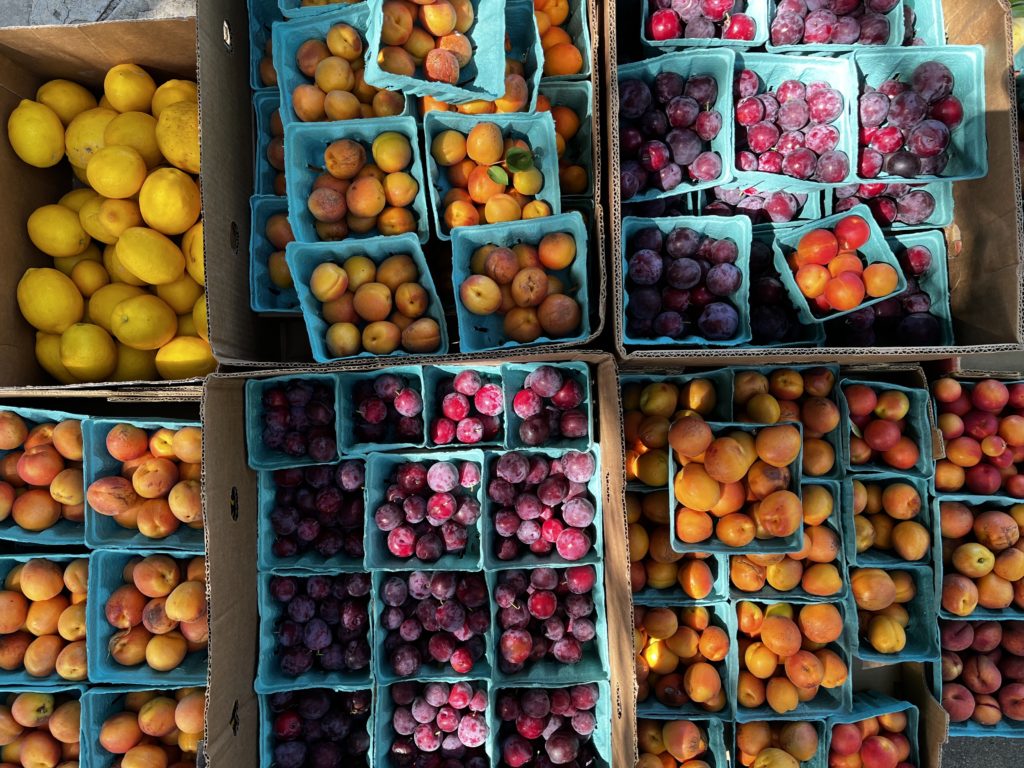
A Different Kind of Grocery Store
Recently, a more sustainable grocery store has been popping up around the world. These new zero-waste stores feature “self-serve” items, where you can purchase goods that are dispensed from service bins. You can bring your own containers from home, measure your goods by weight, and only take as much as you need.
These aisles aren’t limited to just grains and cereals, but also include cooking oils, hand soaps, spices, and shampoo bars. Best of all, there isn’t a single item wrapped in plastic!
To see if there’s a zero-waste grocery store near your area, check out this site:
Literless: Where to Shop Bulk Food Guide
Although these zero-waste grocery stores have become more prevalent, they are still outnumbered by conventional stores. If there isn’t a zero-waste store near your area, there might still be a bulk aisle inside of your local grocery store. These aisles aren’t only better for the environment, but also for your wallet!
Grow Your Own in a Backyard Garden!
For those of you looking to make an even bigger impact, you can skip the store all together with your own backyard garden. If you grow your own produce, you can fight plastic pollution from the comfort of your own backyard!
Growing native plants provide shelter and food for wildlife, such as native birds, bees, and butterflies. They promote an increase in biodiversity, and also reduce the amount of commercial fertilizers needed to grow crops.
Since you don’t have to travel to pick these crops, you’re also reducing your usage of fossil fuels and the amount of greenhouse gases entering the atmosphere by staying home!
Starting a compost bin is a great way to recycle food scraps and create an organic, nutrient-packed fertilizer for your new crops. The more fresh produce you buy/harvest, the more material you can compost, and the less food waste you have to throw away! For a full list of composting instructions and benefits, read our “Composting- Benefits & Best Practices” article.
Here at Each Green Corner, we have plenty of tips to help your garden harvests be plentiful! If you’d like to read more about the benefits of gardening on human health, click here to read this article. To learn about the connection between community gardens and sustainability, click here.
Sources
Approximate time it takes for garbage to decompose in the environment. NOAA Marine Debris Program, U.S. National Park Service, Mote Marine Lab, Blue Ocean Society. Accessed 1 Oct 2018. Retrieved from link.
Each Green Corner (2021, April 16). Gardening for Human and Global Health. Each Green Corner: Blog. https://www.eachgreencorner.org/2021/04/16/gardening-for-human-and-global-health/
Each Green Corner (2021, March 5). Sustainability and Urban Agriculture. Each Green Corner: Blog. https://www.eachgreencorner.org/2021/03/05/sustainability-and-urban-agriculture/
Each Green Corner (2021, March 19). Composting– Benefits & Best Practices. Each Green Corner: Blog. https://www.eachgreencorner.org/2021/03/19/composting-benefits-best-practices/
Ellen MacArthur Foundation, McKinsey & Company, World Economic Forum (2016). The New Plastics Economy—Rethinking the Future of Plastics. Ellen MacArthur Foundation, Project Mainstream, 1-120. Retrieved from link.
Environmental Protection Agency. (n.d.). Green Landscaping: Greenacres. EPA. https://archive.epa.gov/greenacres/web/html/factsht.html.
Fundal, Alyssa. (2019, May 1). The Effects of UV-Exposure, Temperature, Ocean Acidification, Mechanical Abrasion, and Presence of Oil Pollutants on the Degradation of Polyethylene Plastic: An Experiment on Secondary Microplastic Degradation. Retrieved from link.
Home Hacks Official. (2018, April 26). Stop Tossing Empty Food And Drink Containers – Here Are 19 Insanely Cool Ways To Reuse Them. Home Hacks. https://homehacks.co/19-insanely-cool-ways-to-reuse-food-containers/.
The Things We’ll Make. (2020, October 14). How to Make a T-shirt Bag: 8 Ways to Make a Bag from a Shirt. https://thethingswellmake.com/recycled-t-shirt-bags-review-of-7-ways/
Where to Shop: A State-by-State Zero Waste Grocery Guide. Litterless. (n.d.). https://www.litterless.com/wheretoshop.
XL Plastics. (2019, January 25). 8 Advantages of Using Plastic Packaging Bags for Food Packaging. Retrieved from link.
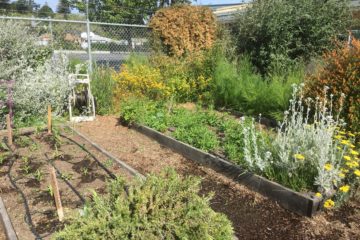
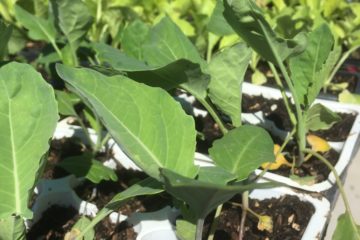
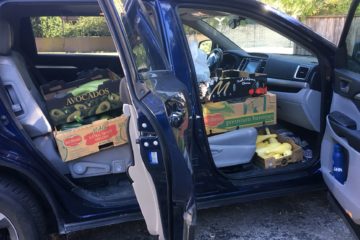
0 Comments